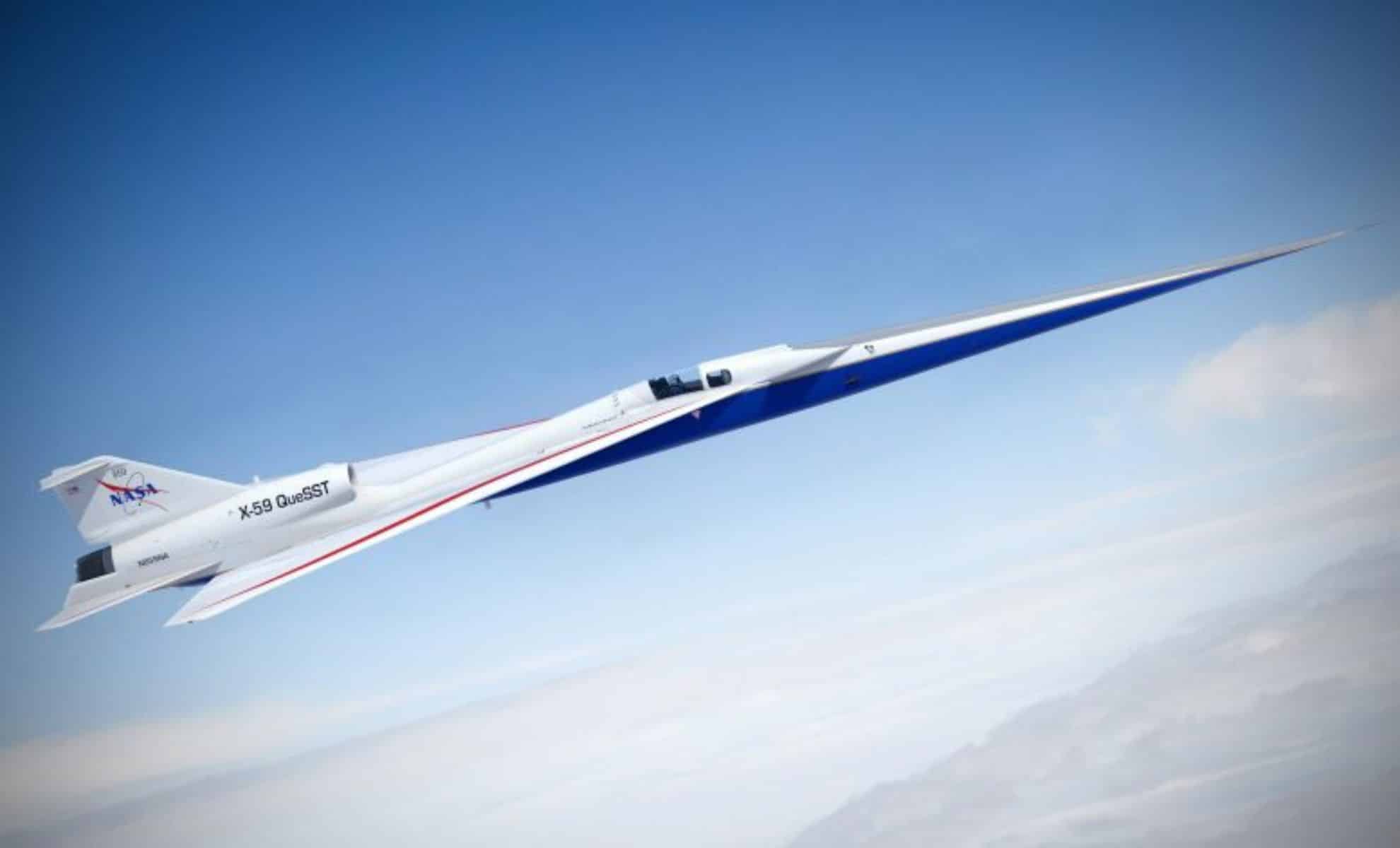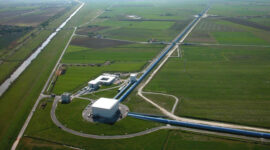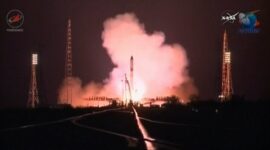July 6, 2025 – NASA’s groundbreaking Quesst Mission is making waves in aviation as it aims to bring back supersonic travel without the disruptive sonic booms that led to its ban in the 1970s. The mission’s centerpiece, the X-59 Quiet SuperSonic Technology (QueSST) aircraft, has been designed to fly faster than sound while producing nothing louder than a gentle “sonic thump” – a revolutionary development that could cut international flight times in half. This breakthrough comes more than two decades after the retirement of the Concorde, the last commercial supersonic jet, which was grounded due to noise complaints, high costs, and environmental concerns.
The X-59, developed in collaboration with Lockheed Martin, features a sleek, elongated design with the engine mounted on top to minimize noise. Early tests in 2023-2024 confirmed the aircraft produces shockwaves at just 75 decibels – about as loud as a car door closing. NASA plans to conduct community flyovers across select U.S. cities to demonstrate the technology and gather public feedback, a critical step before approaching regulators about changing supersonic flight restrictions. The mission’s success could pave the way for commercial jets that could fly from New York to London in just 3.5 hours, compared to the current 7-hour subsonic flights.
NASA’s Quesst Mission (Credit: NASA)
While the technological achievements are impressive, significant challenges remain. The aviation industry must address fuel efficiency and carbon emissions, with NASA exploring sustainable aviation fuels and hybrid-electric propulsion systems to make supersonic travel environmentally viable. Public perception is another hurdle, as even reduced noise levels might face opposition from communities near flight paths. The mission’s outcome could spark a new supersonic aviation race, with companies like Boom Supersonic already developing commercial jets targeting Mach 1.7 speeds for potential deployment in the early 2030s.
Beyond commercial travel, the technology has potential military and space applications, including faster troop transport and improved spacecraft re-entry systems. NASA plans two more years of rigorous testing before approaching aviation authorities about regulatory changes. According to Dr. David Richwine, NASA’s Quesst deputy project manager, “This isn’t just about speed – it’s about making supersonic flight practical, sustainable, and acceptable to the public.” If successful, the Quesst Mission could mark the beginning of a new era in aviation, with the first commercial supersonic flights potentially taking off within the next decade.
Industry analysts suggest that the return of supersonic travel could reshape global business and tourism, enabling same-day transatlantic meetings and faster connections between major economic hubs. However, ticket prices are expected to remain premium initially, potentially limiting early adoption to business travelers and high-net-worth individuals. Airlines are cautiously optimistic, with several major carriers reportedly in early discussions with aircraft manufacturers about future supersonic fleet options.
Environmental groups have raised concerns about the carbon footprint of supersonic travel, which historically consumes significantly more fuel than conventional jets. In response, NASA has emphasized that the Quesst Mission includes sustainability benchmarks, with a focus on developing technologies that could eventually enable carbon-neutral supersonic flight. The agency is collaborating with energy companies and aerospace engineers to explore alternative propulsion methods, including hydrogen-powered engines and advanced aerodynamic designs that could reduce fuel consumption by up to 30% compared to first-generation supersonic aircraft.
The regulatory landscape presents another critical challenge, as international aviation authorities will need to establish new noise standards and flight protocols for supersonic travel over land. The FAA and ICAO are already working with NASA to evaluate the X-59’s test data, but experts warn that the approval process could take several years after testing concludes. Meanwhile, some countries have expressed interest in creating supersonic corridors over oceans and sparsely populated areas as an interim solution. As the Quesst Mission progresses, its success or failure could determine whether the dream of mainstream supersonic travel becomes reality or remains confined to history books alongside the Concorde.




